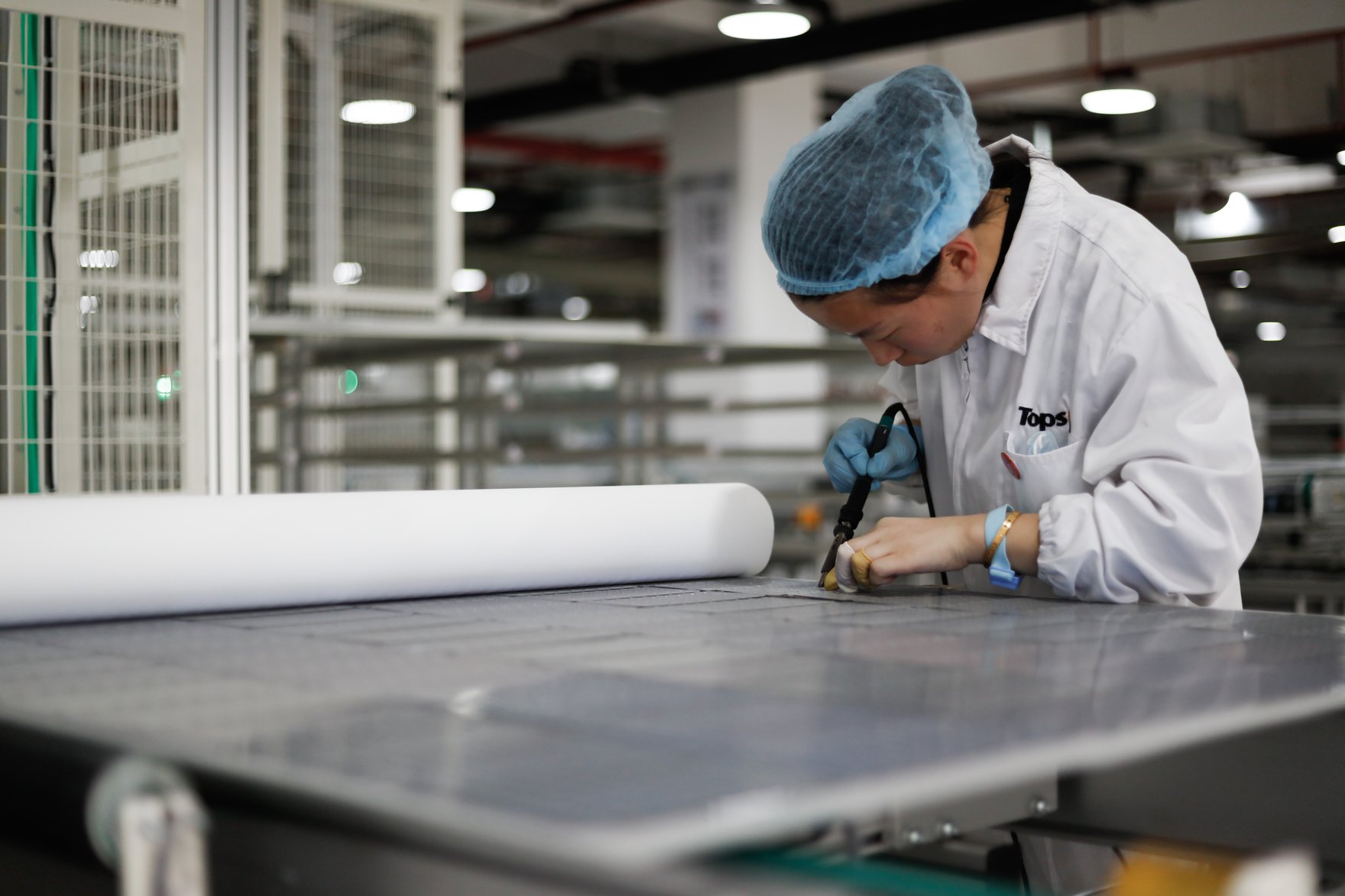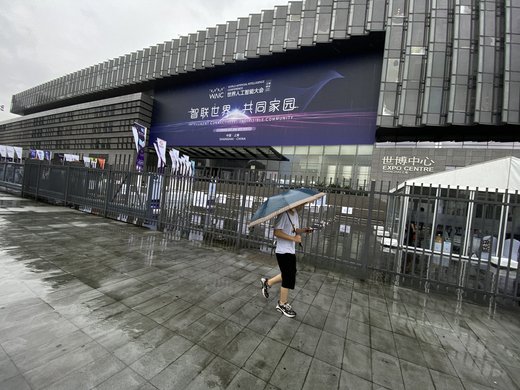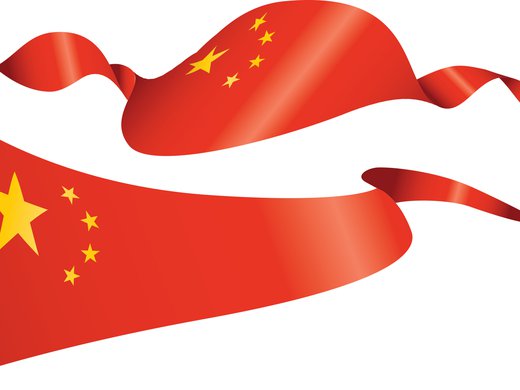China has led the world in number of patent filings since 2011, according to the World Intellectual Property Indicators 2020 report from the World Intellectual Property Organization (WIPO). In 2019, WIPO reports, China filed 1.4 million patents, or 43.4 percent of the world’s total patent applications that year. That is more than twice the number of filings in the United States. China accounts for even larger potions of world total filings in utility models (96.9 percent), trademarks (51.7 percent) and industrial designs (52.3 percent). Most impressively, China surpassed the United States in 2019 to become the top country in international patent applications under the Patent Cooperation Treaty (PCT) administrated by WIPO.
It’s not necessarily the high numbers of patent filings, however, that turned China into a global patent powerhouse. The rapid increase of patent filings, including the PCT applications, was to a large extent a result of a great leap of patent applications boosted by subsidies of governments at all levels and spurred by the central government’s quantity-first and subsidy-driven instructions to improve China’s patent level. Instead of being innovation-driven, most of China’s patent applications are driven by other motives, such as seeking government subsidy or job promotion, reputation building for individuals or universities and institutions, or acquiring certification as national high-tech enterprises.
One Chinese patent expert stated rather bluntly that only 10 percent of China’s patents have market value and that probably 90 percent of them are “trash.”
Furthermore, except for invention patent, the other two types of patents in China (utility model and industrial design patents) are not calculated in the scope of “patent” at WIPO and in most countries. The high percentage of China’s filings and grants in these two kinds of patents did not add too much credit to China. Between 1985 and 2020, 81–89 percent of the patents granted in China belonged to utility model and industrial design, and only 11–19 percent of the granted domestic patents belong to invention patents, which is the key indicator to evaluate the level of science and innovation in a country. Most of the patents of utility model and design are of low quality and essentially useless. According to Bloomberg, 91 percent of design and 61 percent of utility model patents filed in China became invalid during 2013–2017 due to their holders’ failure to pay the annual fee. That explains why one Chinese patent expert stated rather bluntly that only 10 percent of China’s patents have market value and that probably 90 percent of them are “trash.”
That being said, according to WIPO data, since 2015 China has topped all other countries, including the United States, in its patents held, even if that’s only counting invention patent grants. China had 452,804 and 399,878 patent grants by office and origin, respectively, in 2019, quantities higher than the office and origin numbers (354,430 and 309,644 respectively) for the United States, which ranks second in the world. Nevertheless, patent quality remains the soft belly of the seeming patent giant of China.
It has always been an extremely challenging issue to develop universal standards to define and measure patent quality. To put it simply, patent quality can be assessed on the basis of its technical inventiveness or degree of obscurity, legal quality (the quality of application documents, the quality revealed in patent examination process) and commercial value. The indicators to measure patent quality include (but aren’t limited to) the grant ratio, number of citations, size of patent family, maintenance rate, technological and international scope of patent, and commercialization rate. A number of researchers have illustrated how China’s patent quality is below the world average and significantly lower than that of other developed economies, including France, Germany, Italy, Japan, South Korea, the United Kingdom and the United States. Beyond that, the latest data below, on scope of patent, grant ratio and commercialization rate, further indicates the low quality of China’s patents.
In terms of international scope of patent, only 6.3 percent of all applications from China are filed abroad, and only 9.7 percent of all Chinese patents were granted abroad in 2019; in contrast, filings abroad constitute 45.3 percent of total applications from the United States, 58.8 percent from Germany and 82.7 percent from Canada, according to WIPO’s World Intellectual Property Indicators 2020.Patent grants from abroad accounted for 46 percent of all American grants by origin, 68.7 of all German grants by origin and 86 percent of all Canadian grants by origin (the percentages calculated using data from WIPO’s “Statistical Country Profiles”). Explanations for why most Chinese patents are granted domestically may lie in the patents’ low quality; most patent applicants have less incentive to seek patent protection outside China, as their primary goal is patent application.
Grant ratio is one commonly used indicator for patent quality. The higher the grant ratio, the better the patent quality. Calculated using WIPO’s “Statistical Country Profiles” data again, the ratio of granted patents to patent applications in China remained at 30 percent in 2019, much lower than the ratios for Japan (63 percent), the United States (59.4 percent), Germany (59 percent), Canada (58 percent), South Korea (57 percent) and the United Kingdom (52 percent) in the same year. The grant ratio in past decades showed similar gaps between China and these developed economies. The lower patent grant ratios in China further illustrate that a huge proportion of China’s patent filings are somewhat quantity-oriented and driven by factors other than innovation.
Patents in China also have a low commercialization rate or a low industrialization rate. A 2019 patent research report from the Chinese patent office, the China National Intellectual Property Administration (CNIPA), showed that China’s universities account for 26.5 percent of the total granted patents in 2019, but that their patents have significantly lower industrialization (3.7 percent) and licensing (2.9 percent) rates than those held by China’s enterprises, which have an industrialization rate of 45.2 percent and a licensing rate of 6.1 percent. According to CNIPA’s report, China’s research institutions, which account for 7.8 percent of China’s total granted patents in 2019, have similarly low numbers in industrialization rate (18.3 percent) and licensing rate (2 percent). In comparison, data from the National Science Board showed that universities in the United States account for only 4.0 percent of the total granted patents in 2018, yet a look at the research — and the Office of Technology Licensing at Stanford University — shows that about 40–50 percent of the university patents in the United States were licensed for commercial use.
This data indicates that most of China’s university and institutional patents are useless or abandoned. Universities and research institutions surveyed by CNIPA acknowledged that their patent applications are mainly driven by non-innovation motives such as job promotion, securing awards or subsidy, which backs up the theory that these are, to a certain degree, the driving force behind the surge of patent applications in recent decades in China. What’s more, a study showed that China’s quality of commercialization ranks significantly lower than that of France, Germany, Italy, the United Kingdom and the United States, which means that China has a lower ratio of patents in force to total granted patents, a lower maintenance rate, and a lower ratio of royalty and license fees per patent in force relative to these developed economies.
Even though China topped the world in 2019 for international patent applications under the PCT, there exists a big gap of patent quality between China’s PCT applications and those of the leading innovation economies. Based on internationally comparable citations data from the International Search Reports, researchers have concluded that “Chinese PCT patent applications reach only a third of the non-Chinese quality benchmark.”
All things considered, despite China’s rapid progress in patent applications and grants, the low patent quality is an undeniable weakness that stands in the way of the country developing into a real patent powerhouse. The chance is higher if China can transform into being quality- and innovation-driven instead of quantity- and non-innovation-driven for patents. The ongoing US-China tech war has put great pressure on China to seek a real national innovation for its technological and economic growth. A transition to innovation-driven and high-quality patent filings would provide significant help.
That transition is, however, a difficult task that may never be fully achieved, given the deep-rooted problems in China’s bureaucracy-heavy research system, which prioritizes quantity over quality of research findings and often results in low-level, redundant and ultimately worthless research findings. In the short term, China’s chance to become a real patent power relies on the continued progress achieved by its leading innovation enterprises in the information and communications technology sectors, such as Huawei, BOE Technology Group, Oppo Mobile, ZTE, DJI and Alibaba, which account for a significant number of the patents that have put China at the top of the PCT rankings.




